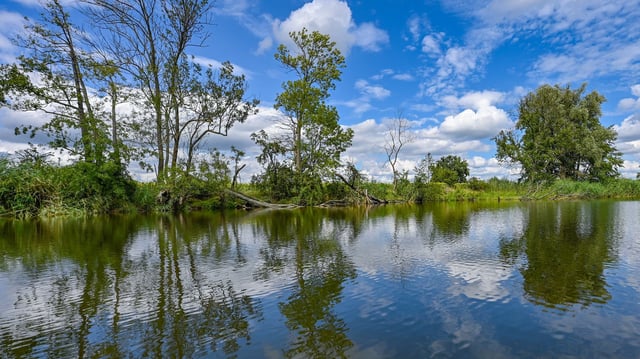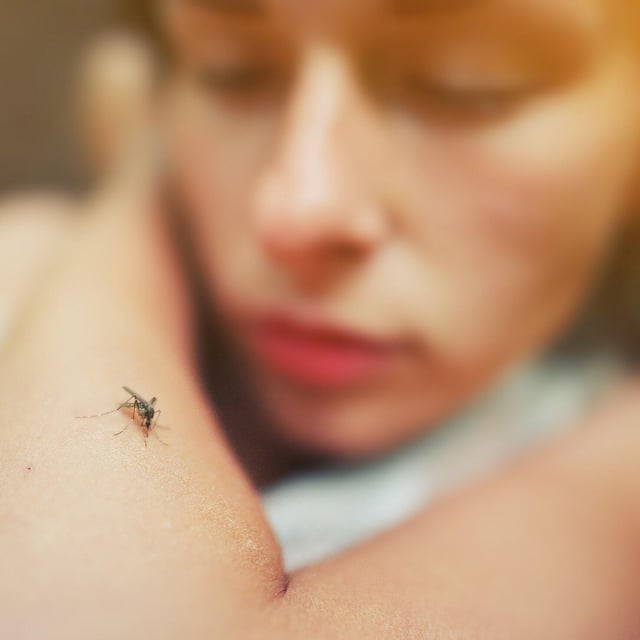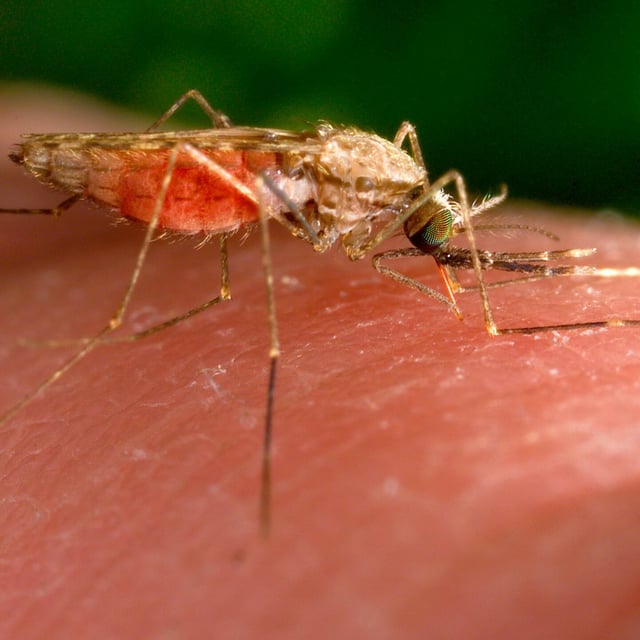Overview
- Sixty-two specimens were trapped in 2024 at two floodplain sites near Quappendorf and Zeschdorf and confirmed as Anopheles hycranus by genetic analysis.
- The species, native from the Iberian Peninsula to the Middle East, has never before been recorded this far north.
- Researchers link its appearance in Brandenburg to warming temperatures driving a northward range expansion.
- Human activity is believed to have played a role in transporting the mosquitoes beyond their traditional habitats.
- Experts advise continued field surveillance to monitor potential disease transmission as climate conditions evolve.



